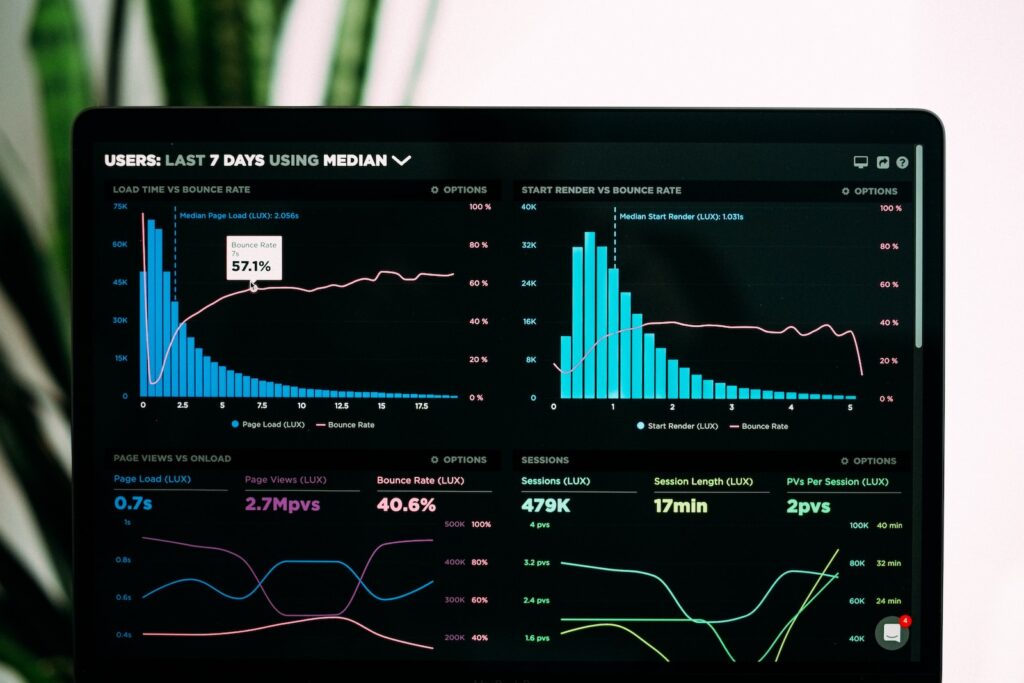
In the dynamic landscape of data-driven decision-making, predictive analytics has emerged as a game-changer for businesses seeking to understand and leverage their customer base. At the heart of this revolution are two powerful techniques: Lookalike Modeling and Propensity Modeling. In this blog post, we’ll delve into the intricacies of these models, exploring their differences, applications, and the scenarios in which they shine brightest. Additionally, we’ll touch upon the platforms that harness the potential of these models and provide a perspective on the role of Data Management Platforms (DMPs) in this evolving landscape.
Understanding Modeling in Data Science
In the realm of data science, modeling is the process of creating a simplified representation of a complex system to gain insights or make predictions. In the context of marketing and customer analytics, predictive models help businesses make informed decisions by identifying patterns and trends within large datasets.
Lookalike Modeling
Lookalike Modeling, also known as audience expansion, involves creating a new audience that mirrors the characteristics of an existing audience. This technique relies on the idea that individuals with similar attributes, behaviors, and demographics to a seed audience are likely to exhibit comparable traits.
Applications:
- Customer Acquisition: Identify and target prospects who resemble your best customers.
- Ad Targeting: Improve ad targeting by reaching audiences with characteristics similar to your most engaged users.
- Personalization: Enhance personalization strategies by understanding what content resonates with your core audience.
Platforms Using Lookalike Modeling:
- Facebook: The social media giant’s Lookalike Audience feature allows advertisers to expand their reach to users similar to their custom audiences.
- Google Ads: Similar Audiences in Google Ads leverages machine learning to find users with characteristics similar to those in existing remarketing lists.
Propensity Modeling
Propensity Modeling, on the other hand, focuses on predicting the likelihood of a specific event or behavior occurring. It involves assigning a probability score to each individual, indicating the likelihood of them taking a desired action, such as making a purchase or clicking on an ad.
Applications:
- Churn Prediction: Identify customers at risk of churning before it happens.
- Lead Scoring: Prioritize leads based on their likelihood to convert.
- Cross-selling/Up-selling: Determine which products or services a customer is most likely to be interested in.
Platforms Using Propensity Modeling:
- E-commerce Platforms: Many online retailers use propensity models to recommend products to customers based on their browsing and purchase history.
- Financial Services: Banks and financial institutions utilize propensity models to assess the likelihood of a customer accepting a loan or credit offer.
When to Use What:
The choice between Lookalike Modeling and Propensity Modeling depends on the business objective:
- Lookalike Modeling: Ideal for expanding customer bases, increasing brand reach, and optimizing ad targeting when the goal is to find new customers who resemble existing ones.
- Propensity Modeling: Best suited for scenarios where the focus is on predicting specific customer actions, such as making a purchase or churning.
The Role of Data Management Platforms (DMPs):
Data Management Platforms play a crucial role in the success of both Lookalike and Propensity Modeling. These platforms aggregate, organize, and activate customer data, providing a unified view of the audience. DMPs enable businesses to leverage diverse data sources, ensuring that models are trained on comprehensive and accurate information.
The power of predictive analytics lies in the strategic application of modeling techniques. Lookalike Modeling and Propensity Modeling offer distinct advantages, and the choice between them should align with the specific goals of the business. With the support of robust Data Management Platforms, businesses can harness the full potential of these models, gaining a competitive edge in the data-driven era. As the landscape continues to evolve, staying abreast of these advancements is essential for organizations aiming to make data-driven decisions that propel them forward in their respective industries.